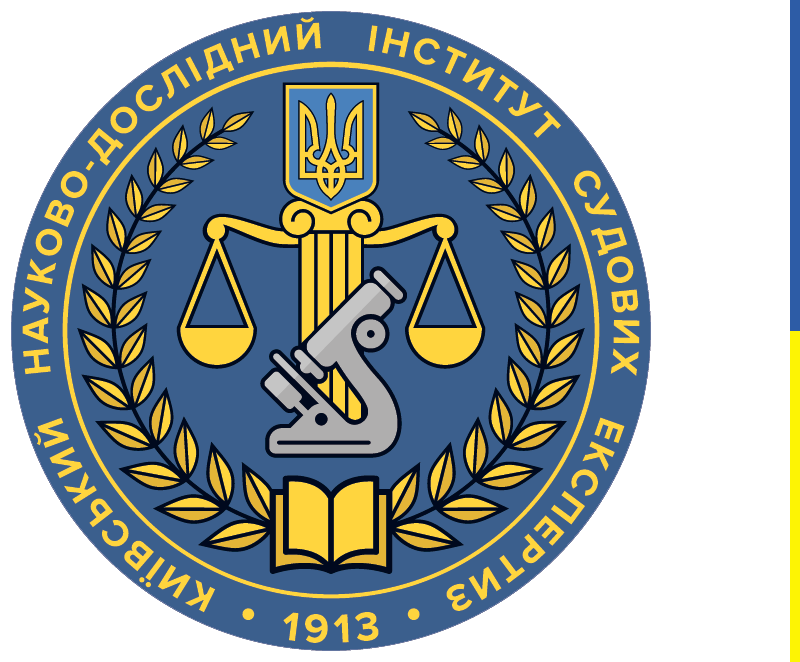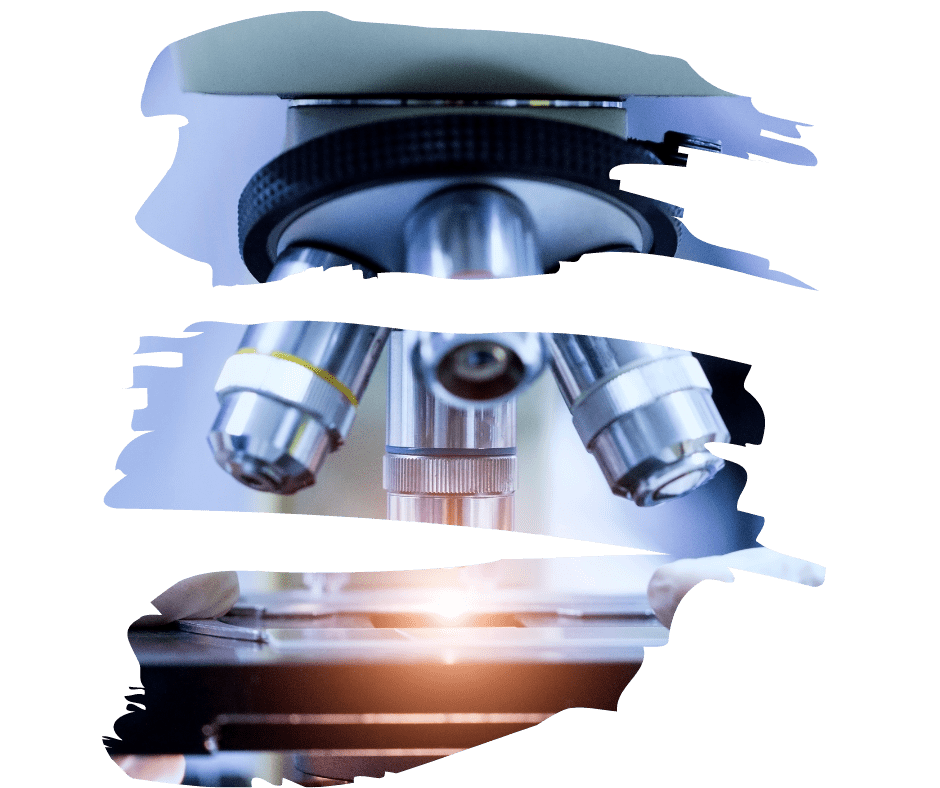RESEARCH OF ACCIDENTS IN WATER TRANSPORT
Transport accidents on the water are very serious accidents (catastrophes), serious accidents, serious incidents, incidents, violations of maritime safety requirements, very serious accidents (catastrophes) with small vessels, serious accidents with small vessels that occurred during the movement of the vessel and led to death and injury to people, death, flooding or damage to the vessel, damage to a mooring, road, hydraulic engineering and other structures, traffic disorganization, environmental pollution, etc.
The category of very serious accidents (catastrophes) with small vessels includes transport accidents in which any person died or transport accidents that caused severe environmental pollution (oil or oil spill) as a result of:
a) collisions, strikes, piles, and sinking of small vessels due to damage to the hull during movement;
b) damage by small vessels to floating and shore mooring, road, hydraulic engineering and other structures;
c) capsizing and flooding of small vessels due to violation of established standards of cargo, passenger capacity, improper placement of cargo and people on the vessel, movement of the master or passengers while moving, control of the vessel in a standing position, failure to provide the vessel with rescue equipment in accordance with supply standards;
d) capsizing and sinking of small vessels due to the use of technically faulty vessels, propulsion and propulsion systems or sailing vessels that are not adapted for the carriage of passengers, as well as the operation of the vessel by persons who do not have the right to operate or are in a state of intoxication or drugs, or have lost orientation due to fatigue;
(e) capsizing or sinking of small vessels while operating in stormy or other adverse hydrometeorological conditions;
(f) water accidents involving small craft, which include small craft hitting persons in the water, hitting or hitting small craft under the hulls of transport or other self-propelled vessels in motion.
The category of serious accidents with small vessels includes transport accidents in which persons are injured, or transport accidents that cause environmental pollution.
The category of serious incidents involving small craft includes transport accidents listed in the above paragraphs in which there have been no injuries or deaths or no damage to the environment.
The task of this examination is to study the circumstances that led to any undesirable consequences during the operation of water transport in order to qualify these events, establish the role of each of the participants in the events, analyze the actions of crews and officials, establish force majeure circumstances, as well as analyze and summarize information and develop appropriate recommendations, object identification, assessment of the seaworthiness properties of the vessel as a whole, determination of the source of origin of this craft, determination of the technical condition of its individual components, technical study of damages, the study of the content of ship documents for compliance with their regulatory legal acts, resolving issues of reconstruction and modernization of both the vessel as a whole and its individual components, etc.
The subject of examination is the actual data (facts, circumstances) on the technical condition and characteristics of the shipping vehicle, its individual components, as well as the compliance of their ship documentation, the regulatory framework for fleet operation, international agreements, Conventions, Directives, regulatory documents and theoretical and practical developments related to the rules of technical operation vessels, rules of navigation, rules of avoidance of collisions of ships, as well as rules of navigation and carriage of goods and passengers.
The object of this examination are vessels, berths, pontoons, navigation signs, individual components of watercraft, units, aggregates and mechanisms, other floating and coastal equipment, and actual specific data on the implementation of articles of the above-mentioned documents and information on naval practice in similar situations, as well as data on the use of preventive and preventive means to prevent emergencies in the fleet.
During the examination, the following main tasks are solved as follows:
1) Establishment of causes and circumstances and accidents in water transport;
2) Assessment of the correctness of certain actions performed by the crew of the shipping vehicle and other officials, establishing the possibility of preventing an accident;
3) Determination of the technical condition of the shipping vehicle;
4) Determination of the technical condition of hydraulic structures, floating means and their equipment, warning signs, navigation devices, etc.;
Indicative list of questions
1) In what technical condition is the shipping vehicle (at the time of inspection or on a certain past date)?
2) What is the technical condition of hydraulic structures, floating facilities and their equipment, warning signs, navigation instruments, etc. (at the time of inspection or on a certain past date)?
3) How did the master (crew members) act before the occurrence of the event?
4) How should the navigator (crew members) act before the occurrence of the event in accordance with the requirements of the Shipping Rules of Ukraine?
5) From a technical point of view, are the testimonies of the master and his passengers in terms of the indicated speed of the boat and its location on the water until the moment of the collision possible?
6) Do they have inconsistencies with the requirements of the Shipping Rules of Ukraine in the actions of the ship driver, if so, are they causally connected with the occurrence of an accident on the water?
7) Whose actions are causally related to the occurrence of an accident on the water?
8) Did the master have the technical ability to prevent a collision with another vessel by his unilateral actions?
9) Did the training of the crew of the shipping vehicle meet the requirements of the Shipping Rules of Ukraine and the management?
10) Did the crew members act correctly in these circumstances?
11) Have all actions taken by the crew (or individual crew member) to prevent an accident?
12) Did the actual weather match the forecast?
13) Was the meteorological provision of swimming conditions organized correctly?
In order to establish the causes and circumstances and accidents in water transport and assess the correctness of certain actions performed by the crew of the shipping vehicle and other officials, to establish the possibility of preventing an accident, it is necessary to provide documents relating to the incident: investigation reports, protocols of inspection of the scene of the incident, protocols of inspection of watercraft, documentation on the vessel, documentation concerning the master (crew members – crew), testimony (explanation) of participants and witnesses of the incident, protocols of investigative experiments, video recordings of the incident, etc.
To determine the technical condition of a shipping facility, hydraulic structures, floating vehicles and their equipment, warning signs, navigation instruments, etc., it is necessary to inspect these objects, technical documentation for them, etc. In case of research on a certain past date, documents on the actual state of these objects, photographs, etc. are required.








